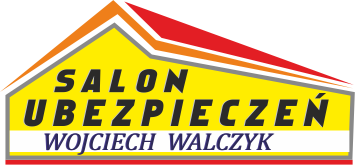A cost-sharing agreement intangible asset is a type of asset that is shared between two companies as a joint venture. These assets may include intellectual property such as patents, trademarks, and copyrights, as well as other intangible assets such as goodwill, brand recognition, and customer relationships.
The purpose of a cost-sharing agreement is to reduce the financial burden of investing in an intangible asset. By sharing the cost of acquiring and developing the asset, both companies can benefit from owning and using the asset, without bearing the full financial burden on their own.
In order to create a cost-sharing agreement, both companies must agree on the terms of the agreement, including the sharing of costs, the ownership of the intangible asset, and any restrictions or limitations on the use of the asset. It is also important to consider the tax implications of a cost-sharing agreement, as the sharing of costs may impact both companies’ tax liabilities.
Once the cost-sharing agreement is in place, both companies can begin to benefit from the intangible asset. For example, if the shared asset is a patent, both companies can use the patent to develop new products or services, while sharing the costs of the patent’s development and maintenance.
It is important to note that the success of a cost-sharing agreement depends on the strength of the relationship between the two companies. Strong communication and mutual respect are essential for the agreement to work effectively.
Overall, a cost-sharing agreement intangible asset is a valuable tool for companies looking to invest in intangible assets while minimizing their financial risk. By sharing the costs of acquiring and developing these assets, both companies can benefit from the asset’s value without bearing the full financial burden alone.
